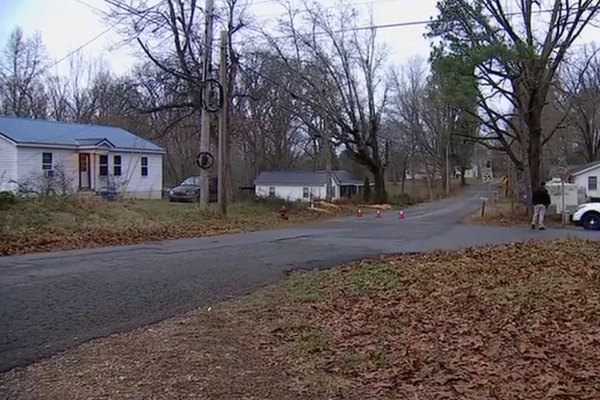
The Conservatives and Labour have unveiled plans for an infrastructure spending boom that would increase investment in road, rail and buildings to the highest levels in more than 40 years, with both parties signalling a large rise in public borrowing to pay for it.
Sajid Javid, the chancellor, used a speech in Manchester to rip up Tory borrowing rules, saying he would spend as much as 3% of GDP on long-term projects, equivalent to roughly £25bn more than current spending.
As the election campaign turned to the economy, the shadow chancellor, John McDonnell, used a speech in Liverpool to announce a £150bn social infrastructure fund.
On Thursday, the independent Office for Budget Responsibility scrapped a plan to publish official figures for government borrowing, which were expected to show an increase in the budget deficit – the difference between government spending and income from taxes.
What is the Labour transformation fund?
McDonnell is planning a five-year, £150bn “social transformation fund” on top of a £250bn “green transformation fund” to be spent over 10 years. Worth a combined £400bn, the funds will be controlled from a new Treasury office based in the north of England.
The social fund would be for schools, hospitals, care homes and council houses, while the longer-term fund would be used for infrastructure spending on transport and energy, as part of the party’s plans for a “green industrial revolution”. The money would be used to retrofit homes across the country, fund offshore wind projects and create a “Crossrail for the north”.
What is Javid proposing?
The chancellor said he would run a balanced current account budget – day-to-day government spending excluding infrastructure investment – by the middle of the next parliament. He also said borrowing for infrastructure would not exceed 3% of GDP, compared with a long-term average of 1.8%.
“It means billions of pounds more to spend on the infrastructure revolution this country needs,” Javid said.
Capital spending has been reduced by the government since the financial crisis. The Organisation for Economic Co-operation and Development recommends developed nations spend about 3.5% of GDP a year on infrastructure. Labour’s proposals would take current government investment spending from about £47bn (2% of GDP) to at least £100bn a year (about 4% of GDP).
How is it paid for?
The spending plans from both parties would be paid for by additional borrowing. The government’s budget deficit has fallen steadily over the past decade from a peak of £158bn in 2010 after the financial crisis to about £23bn in the year to March 2019.
Borrowing is expected to rise in future as spending commitments already put in place by the Conservatives kick in. GDP growth has also slowed, affecting tax receipts.
What is the difference between Labour and the Tories?
Both Labour and the Tories have signalled higher spending, without sufficient tax rises or spending cuts elsewhere to keep the deficit falling in future years. Whatever impact Brexit has on the economy would also have an effect on government finances.
Both parties are yet to publish manifestos, making it difficult for analysts to say which will most increase spending and borrowing. Carys Roberts, the chief economist at the Institute for Public Policy Research, a leftwing thinktank, said the decision facing voters was about which party to trust to raise spending and borrowing.
“The Tories are calling their plans the end of austerity, while also calling Labour fiscally irresponsible. They’re treading a fine line there. Both are increasing their borrowing by quite some margin. From Labour, it’s more about borrowing for investment, with the Conservatives, it’s more on current spending and tax cuts,” she said.
What are the pros and cons of higher borrowing?
Increasing investment to stimulate the economy is nothing new, particularly during times of economic turbulence. Franklin D Roosevelt, the then US president, used the New Deal in the 1930s to massively expand US spending on public works to pull the economy out of the Great Depression.
One danger is the government could face higher interest payments on its debt. Britain pays about £40bn a year to service a debt pile of about £1.8tn (84% of GDP). Adding to that with higher annual deficits could make the country a more risky prospect for international investors, driving up borrowing costs.
However, the cost of borrowing has fallen since the financial crisis to historical lows, as central banks cut interest rates around the world. Economists do not expect the trend to be dramatically reversed any time soon.
Money spent on infrastructure should improve the performance of the economy in future, potentially making Labour’s plans a sensible investment.
However, economists say it could be unwise to spend as much as £150bn in as little as five years, given there are unlikely to be enough shovel-ready projects available, raising the risk the funds might be spent wastefully.







